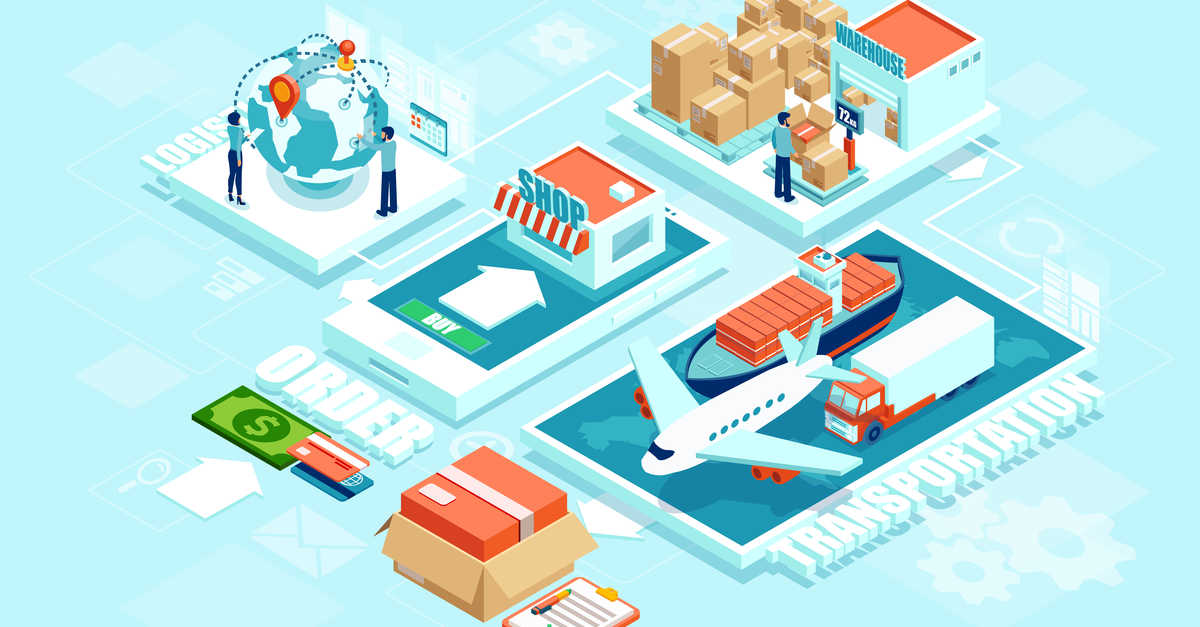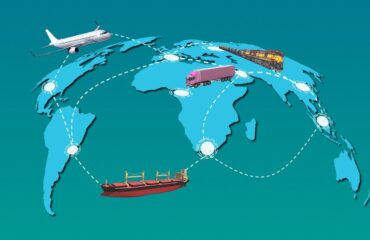Supply chain management is one of the critical elements of productivity, and this has compelled a paradigm shift in the way it is done. Digital technologies and innovations are bringing massive improvements and changes in supply chains. On other hand, continued globalization and digital disruption have sent customer service expectations through the roof and put supply chains under more stress than ever.
The robustness of a supply chain determines the distribution efficiency and quality of products the customers buy. To manage an efficient supply chain there should be continuous efforts to modernize it. With many new technologies getting a lot of buzz like AI, IoT, Machine learning, several technological innovations have taken place to modernize supply chain management.
Here are the top 5 technological innovations to modernize Supply Chain Management
Blockchain
This technology is said to be a reliable solution to provide payment to linked supply chain partners, or their traceability after their part of a chain-linked activity is completed. Besides traceability for, for example, food and beverage products, this technology is soon becoming a critical component of transporting goods throughout the supply chain. For instance, most pharmaceutical companies have a short window to get products from location A to B without any change in temperature. Blockchain can enable this by monitoring who will have access to the temperature data and whether there has been any change between the modes.
Machine Learning (ML) in TES and TMS
The main reason a company invests in a Transportation Management System (TMS) is freight savings. These savings in freight can be credited to network design and simulation, lower-cost mode selection and load consolidation, and multi-stop route optimization. ML enables a TMS to discover non-obvious impacts on performance and handle competing objectives in a better manner.
ML allows companies to maintain high service levels while achieving savings. With this technology in place, shippers can learn which lanes usually carry more chances of delays, which carriers are meeting on-time service levels and which are not, and whether there is an optimum number of stops before shipments get late.
ML is becoming increasingly crucial in the Transportation Execution System (TES) as well. It has helped generate an up-to-date and more informed estimated time of arrival (ETA) for shipments. ML also works with real-time visibility solutions to understand the constraints such as regulations, capacity, and hours of service. Then, it uses the data to give a much better estimated time of arrival for stores, warehouses, and the end-user.
Robotic Automated Storage and retrieval
This new technology of goods-to-person automation has recently been introduced in the system. This technology is a hybrid of free-roaming robots and traditional shuttle systems. There are only a handful of providers presently offering solutions that fit into this categorization, and each approaches problems differently.
However, all of them offer a high degree of flexibility and high storage density because of the bots’ dynamic movement. This agility of bots removes sequencing and throughput constraints. As a result, offering increased productivity potential. Furthermore, these solutions align with the operational needs of most of the industries. The demand for this technology appears quite promising in e-grocery fulfilment.
IoT for transportation
For a factual ETA, companies are now using IoT data from trucks to understand better the driver’s behavior, including how they operate in heavily congested areas and their typical driving speed. The companies can take sensor data from the trucks and incorporate hours of service rules to understand where and when and how long the driver is required to stop.
Final word
The idea of adopting these innovative technologies in supply chain management is to simplify the process, eliminate redundancy, and modernize the complete system to reduce costs and the risks imminent in the supply chain.





